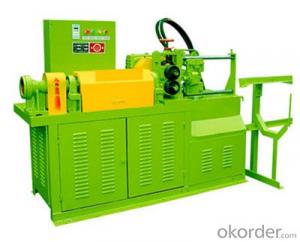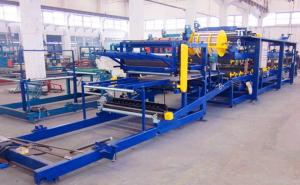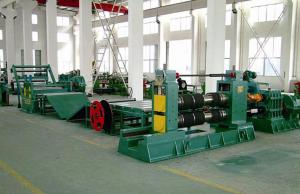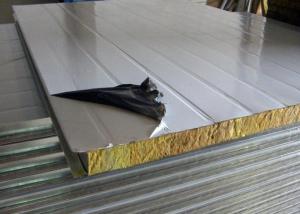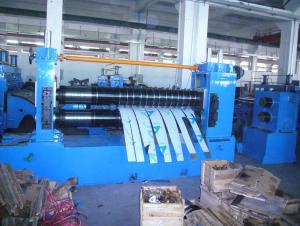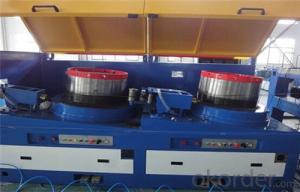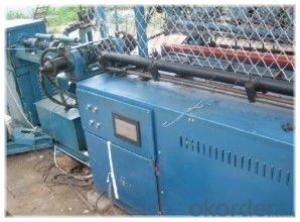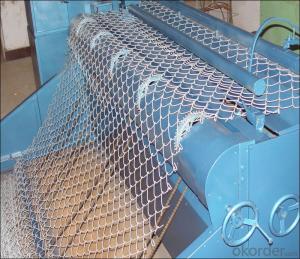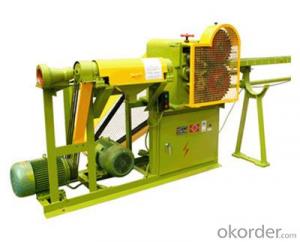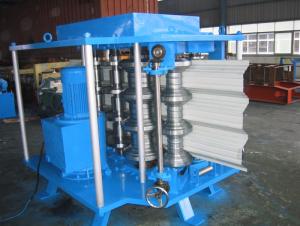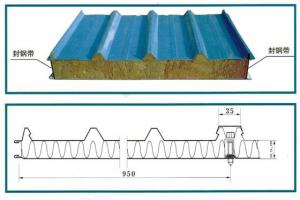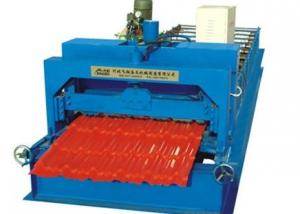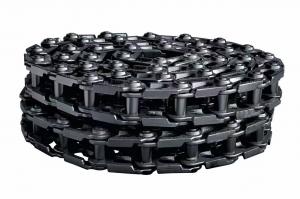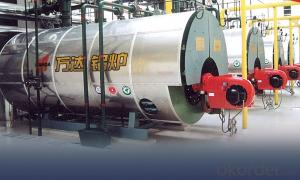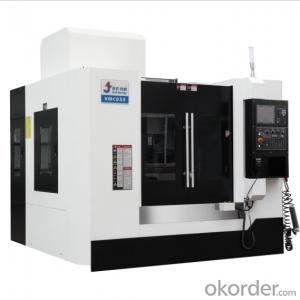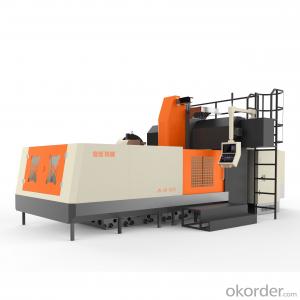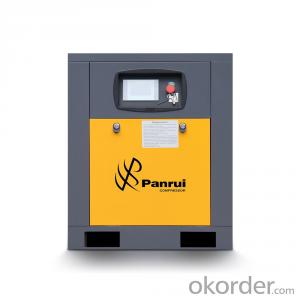Hydraulic Rebar Straightening and Cutting Machine YGT6-12
- Loading Port:
- Tianjin
- Payment Terms:
- TT OR LC
- Min Order Qty:
- 1 unit
- Supply Capability:
- 200 unit/month
OKorder Service Pledge
OKorder Financial Service
You Might Also Like
Hydraulic Rebar Straightening and Cutting Machine YGT6-12
Specification
Straightening Round Bar Dia.
Φ4-Φ12mm
Auto Cutting Length
700-8000mm
Error of Auto Cutting Length
±10mm
Straightening Speed
45m/min
Electromotor for Straightening
Model
Y132S-4
Rated power
5.5Kw
Electromotor for Cutting
Model
Y100L2-4
Rated Power
3.0Kw
Electromotor for pulling
Model
Y100L2-4
Rated Power
3.0Kw
Dimension
1900*600*1400mm
Application
The machine is used to straighten and cut round bar (steel rod).
Advantage
1. Smart size and space saving
2. Easy to operate, with fast speed
3. Low material loss
4. Economic
5. Hydraulic cutting, have low noise
Packing
Plywood Case
Payment
T/T L/C
Delivery
Within one week
Origin
China
Minimum Order
1 set
Packaging
Plywood case
Remarks
OEM & ODM, Buyer Label can be provided.
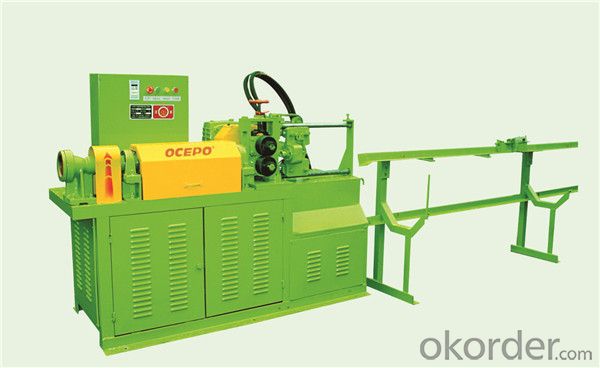

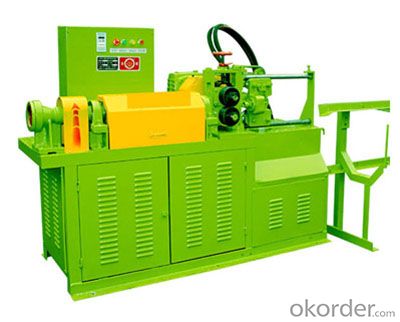

Company Direction
We are China professional manufacturer and system solutions provider of rebar connection machines,rebar processing machines and small road machines.
Founded in the 1990s. For 20 years, it has been focusing on the research, production and sales of rebar connection machines and rebar processing machines. The company is located in the capital of China - Beijing, has strong technical force, complete processing equipment and testing means. All the products are optimized by microcomputer design to reach the advanced level of industry.
- Q:How does metal straightening machinery handle different types of surface imperfections?
- Metal surfaces with imperfections can be effectively handled by metal straightening machinery. This machinery utilizes a variety of techniques and processes. For example, dents or bumps on the metal surface can be rectified by applying hydraulic or mechanical pressure. This method, known as metal straightening or metal leveling, involves pushing or pulling the metal to its original shape. The machinery targets specific points to gradually eliminate imperfections and restore the surface's flatness. In cases where scratches or gouges are present, the machinery employs abrasive techniques to eliminate the damaged layer. This may involve sanding, grinding, or polishing the metal to achieve a flawless surface. By removing the damaged layer, the machinery ensures a smooth and uniform appearance. Moreover, metal straightening machinery is capable of addressing deformations like warping or twisting. To accomplish this, heat treatment processes such as localized heating or annealing are utilized to soften the metal. Once the metal reaches the desired temperature, the machinery applies pressure or manipulates it to restore its original form. Furthermore, metal straightening machinery is often equipped with sensors and measurement tools to detect and resolve surface imperfections. These sensors accurately measure the degree of deformation or imperfections, enabling the machinery to make necessary adjustments. In conclusion, metal straightening machinery is versatile and can effectively handle various types of surface imperfections. It utilizes techniques such as pressure application, abrasive processes, heat treatment, and sensor-based adjustments. These machines offer efficient and precise solutions for restoring metal surfaces to their desired condition.
- Q:Can metal straightening machinery be used for straightening sections or profiles?
- Yes, metal straightening machinery can be used for straightening sections or profiles. Metal straightening machines are designed to remove deformations and restore the original shape of sections or profiles made of various metals, such as steel, aluminum, or copper. These machines utilize hydraulic or mechanical forces to apply pressure and reshape the metal back to its intended form. The straightening process involves passing the section or profile through rollers or presses that apply controlled force to eliminate any bends, twists, or warping. This allows for the production of straight and accurate sections or profiles, which are essential in various industries such as construction, manufacturing, and engineering.
- Q:What is the level of reliability and durability of this machinery?
- The level of reliability and durability of this machinery is high, as it has undergone rigorous testing and is designed to withstand heavy usage and harsh conditions.
- Q:Can metal straightening machinery be used for straightening metal sheets and coils with varying levels of flatness?
- Yes, metal straightening machinery can be used for straightening metal sheets and coils with varying levels of flatness. Metal straightening machinery is designed to correct and remove any imperfections or deformations in metal sheets and coils, including variations in flatness. These machines typically have adjustable rollers or leveling mechanisms that can be set to accommodate different levels of flatness in the material being processed. By applying pressure and tension to the metal, the machinery can gradually straighten and flatten the sheets or coils to the desired level of flatness. Whether the metal has minor deviations or significant variations in flatness, metal straightening machinery can effectively restore the material to a more uniform and flat condition.
- Q:What is the footprint of metal straightening machinery?
- The amount of floor space occupied by metal straightening machinery in a manufacturing or industrial setting is known as its footprint. This footprint can vary depending on the size and type of the machinery. Generally, metal straightening machinery tends to have a large footprint due to its size and the need for ample working space. The footprint of metal straightening machinery is typically determined by its length, width, and height. These dimensions are important considerations when establishing a production line or workshop, as they dictate the amount of space needed to accommodate the machinery and ensure efficient operation. When calculating the footprint of metal straightening machinery, it is crucial to consider not only the dimensions of the machine itself but also the surrounding space required for operators to work comfortably and safely. This may involve providing clearances for loading and unloading materials, access for maintenance and repairs, and any additional safety measures mandated by local regulations. To accurately determine the footprint, manufacturers or users of metal straightening machinery should refer to the equipment's specifications provided by the manufacturer. These specifications typically include the dimensions and weight of the machinery, enabling precise planning and allocation of space within the facility. Considering the footprint of metal straightening machinery is vital for optimizing the layout and workflow of a manufacturing facility. By carefully planning the placement of machinery and ensuring sufficient space is available, manufacturers can create a safe and efficient working environment that maximizes productivity and minimizes disruptions in the production process.
- Q:Can metal straightening machinery be used for thin sheets or foils?
- Yes, metal straightening machinery can be used for thin sheets or foils. Metal straightening machinery is designed to remove any distortions or imperfections in metal sheets, regardless of their thickness. The machinery usually consists of rollers or press plates that exert pressure on the metal, allowing it to be straightened and flattened. The same principles and techniques can be applied to thin sheets or foils, ensuring that they are straightened to the desired specifications. However, it is important to note that the settings and adjustments on the machinery may need to be modified to accommodate the specific characteristics of thin sheets or foils, such as their fragility or flexibility.
- Q:Does this machinery have any built-in features for detecting and correcting alignment issues?
- Yes, this machinery does have built-in features for detecting and correcting alignment issues. It is equipped with advanced sensors and algorithms that constantly monitor the alignment of various components. If any misalignment is detected, the machinery automatically triggers corrective mechanisms to realign the parts and ensure precise positioning. These built-in features help to maintain the accuracy and efficiency of the machinery's operations, minimizing any potential errors or inefficiencies caused by alignment issues.
- Q:How does metal straightening machinery handle different types of welding distortions in metals?
- Metal straightening machinery is specifically designed to handle various types of welding distortions in metals. These distortions can occur during the welding process due to factors such as heat, contraction, and expansion of the metal. One common type of distortion is known as angular distortion, where the welded metal piece becomes twisted or bent. Metal straightening machinery uses hydraulic or mechanical force to apply pressure on the distorted area, gradually realigning it to its original shape. The machinery may have adjustable jigs, clamps, or rollers that can be customized to fit the specific shape and size of the distorted metal. Another type of distortion is bowing or warping, which causes the metal to curve or arch. Metal straightening machinery can apply controlled pressure on the concave side of the distortion, gradually straightening it back to its original form. This process may involve heating the metal to a specific temperature to relieve internal stresses and facilitate easier straightening. Additionally, metal straightening machinery can handle longitudinal distortion, where the metal piece becomes elongated or shortened. This type of distortion is typically addressed by using hydraulic or mechanical force to gradually stretch or compress the metal until it reaches the desired dimensions. In some cases, metal straightening machinery may also incorporate other techniques such as heat treatment or annealing to further reduce or eliminate welding distortions. These techniques help to relieve residual stresses in the metal, making it more malleable and easier to straighten. Overall, metal straightening machinery is designed to provide a precise and controlled means of correcting welding distortions in metals. By applying targeted force and utilizing various techniques, it can effectively restore the metal to its original shape and dimensions, ensuring the structural integrity and functionality of the welded piece.
- Q:What are the different straightening methods used for different types of metal surface finishes?
- There are several different straightening methods used for different types of metal surface finishes. For rough or textured finishes, mechanical straightening techniques such as grinding or sanding may be employed. For smoother finishes, heat straightening methods like flame straightening or induction heating can be used. Additionally, hydraulic or press straightening methods are often utilized for larger and more complex metal surfaces. The choice of method depends on the specific metal type and surface finish, as well as the severity and nature of the deformation that needs to be corrected.
- Q:What are the common safety considerations for handling sharp-edged materials with metal straightening machinery?
- When handling sharp-edged materials with metal straightening machinery, there are several common safety considerations that should be taken into account. These include: 1. Personal Protective Equipment (PPE): It is essential to wear appropriate PPE to protect against potential injuries. This may include safety glasses, gloves, steel-toe boots, and a protective apron or clothing. 2. Machine Guarding: Ensuring that the metal straightening machinery is properly guarded is crucial to prevent accidental contact with the sharp-edged materials. Guards should be in place to cover any exposed blades or moving parts. 3. Training and Knowledge: Operators should receive proper training on the safe use of the metal straightening machinery. This includes understanding the hazards associated with sharp-edged materials and how to handle them safely. 4. Secure Work Area: The work area should be properly set up and organized to minimize the risk of accidents. Sharp-edged materials should be stored securely, and any potential tripping hazards should be eliminated. 5. Handling Techniques: When handling sharp-edged materials, proper techniques should be used to reduce the risk of cuts or lacerations. This may involve using designated tools for moving materials, ensuring a firm grip, and avoiding sudden movements. 6. Maintenance and Inspections: Regular maintenance and inspections of the metal straightening machinery are important to ensure its safe operation. Any issues or defects should be promptly addressed to prevent accidents. 7. Communication: Clear communication among operators and other individuals in the vicinity is crucial to maintain a safe working environment. This includes signaling when materials are being moved, notifying others of potential hazards, and following established safety protocols. By considering these safety considerations when handling sharp-edged materials with metal straightening machinery, the risk of accidents, injuries, and damage to both the equipment and personnel can be significantly reduced. It is important to prioritize safety and follow established guidelines and procedures to create a safe working environment.
1. Manufacturer Overview |
|
|---|---|
| Location | |
| Year Established | |
| Annual Output Value | |
| Main Markets | |
| Company Certifications | |
2. Manufacturer Certificates |
|
|---|---|
| a) Certification Name | |
| Range | |
| Reference | |
| Validity Period | |
3. Manufacturer Capability |
|
|---|---|
| a)Trade Capacity | |
| Nearest Port | |
| Export Percentage | |
| No.of Employees in Trade Department | |
| Language Spoken: | |
| b)Factory Information | |
| Factory Size: | |
| No. of Production Lines | |
| Contract Manufacturing | |
| Product Price Range | |
Send your message to us
Hydraulic Rebar Straightening and Cutting Machine YGT6-12
- Loading Port:
- Tianjin
- Payment Terms:
- TT OR LC
- Min Order Qty:
- 1 unit
- Supply Capability:
- 200 unit/month
OKorder Service Pledge
OKorder Financial Service
Similar products
New products
Hot products
Hot Searches
